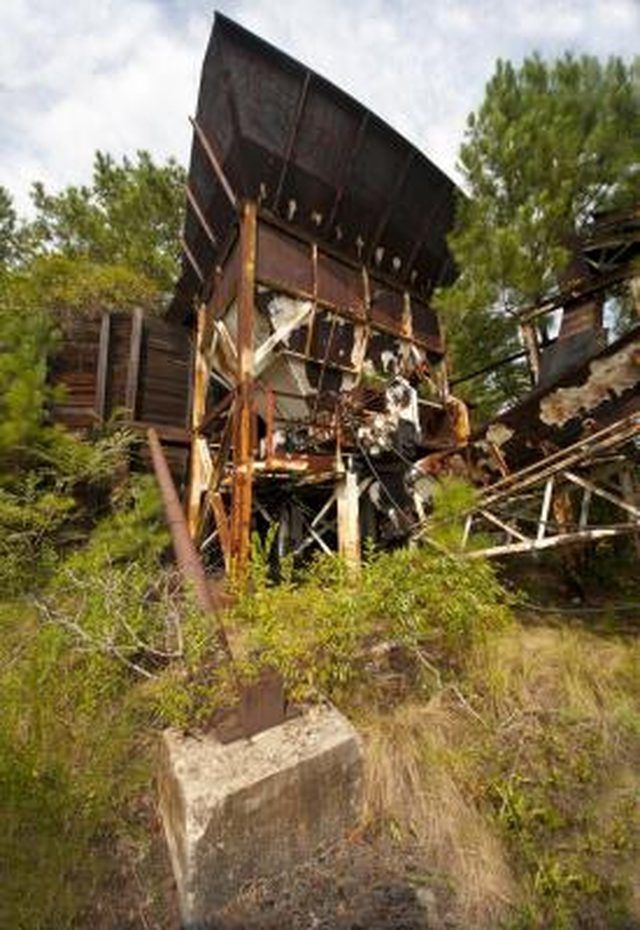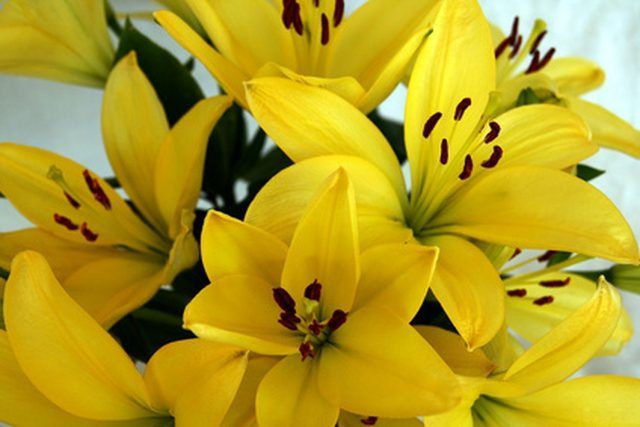Bulbs
Flower Basics
Flower Beds & Specialty Gardens
Flower Garden
Garden Furniture
Garden Gnomes
Garden Seeds
Garden Sheds
Garden Statues
Garden Tools & Supplies
Gardening Basics
Green & Organic
Groundcovers & Vines
Growing Annuals
Growing Basil
Growing Beans
Growing Berries
Growing Blueberries
Growing Cactus
Growing Corn
Growing Cotton
Growing Edibles
Growing Flowers
Growing Garlic
Growing Grapes
Growing Grass
Growing Herbs
Growing Jasmine
Growing Mint
Growing Mushrooms
Orchids
Growing Peanuts
Growing Perennials
Growing Plants
Growing Rosemary
Growing Roses
Growing Strawberries
Growing Sunflowers
Growing Thyme
Growing Tomatoes
Growing Tulips
Growing Vegetables
Herb Basics
Herb Garden
Indoor Growing
Landscaping Basics
Landscaping Patios
Landscaping Plants
Landscaping Shrubs
Landscaping Trees
Landscaping Walks & Pathways
Lawn Basics
Lawn Maintenance
Lawn Mowers
Lawn Ornaments
Lawn Planting
Lawn Tools
Outdoor Growing
Overall Landscape Planning
Pests, Weeds & Problems
Plant Basics
Rock Garden
Rose Garden
Shrubs
Soil
Specialty Gardens
Trees
Vegetable Garden
Yard Maintenance
Alabama Planting Zones
Alabama Planting Zones. Alabama has two main planting zones, and its warm climate and long growing season allow gardeners plenty of choices when it comes to selecting crops for the garden and plants for the landscape.

Alabama has two main planting zones, and its warm climate and long growing season allow gardeners plenty of choices when it comes to selecting crops for the garden and plants for the landscape.
Geography
Most of the northern half of Alabama falls in U.S. Department of Agriculture Plant Hardiness Map zone 7. Decatur and Huntsville are in zone 7a, with annual lows of between zero and 5 degrees Fahrenheit. Birmingham is in 7b, with temperature lows between 5 and 10 F. The rest of southern Alabama is in zone 8a, with average temperature lows between 10 and 15 F, except for the area around Mobile. This area falls into zone 8b, and has average lows between 15 and 20 F.
Function
The USDA plant hardiness zones indicate the annual average low temperatures that residents can expect in each area. These temperatures can serve as a guide when selecting landscape plants and crops. Due to Alabama's temperate winters, landscape plants do not need to tolerate freezing temperatures. Some cold-hardy plants, such as day lilies, may even be evergreen in these mild temperatures.

Potential
Use the zones that cover each area to time the planting of garden crops to maximize yield and output. You can plant hardy plants such as lima beans, okra and summer squash as early as April; because the danger of frost passes so early and the cold doesn't come until late, there is often time to get in two crops of these and other vegetables.